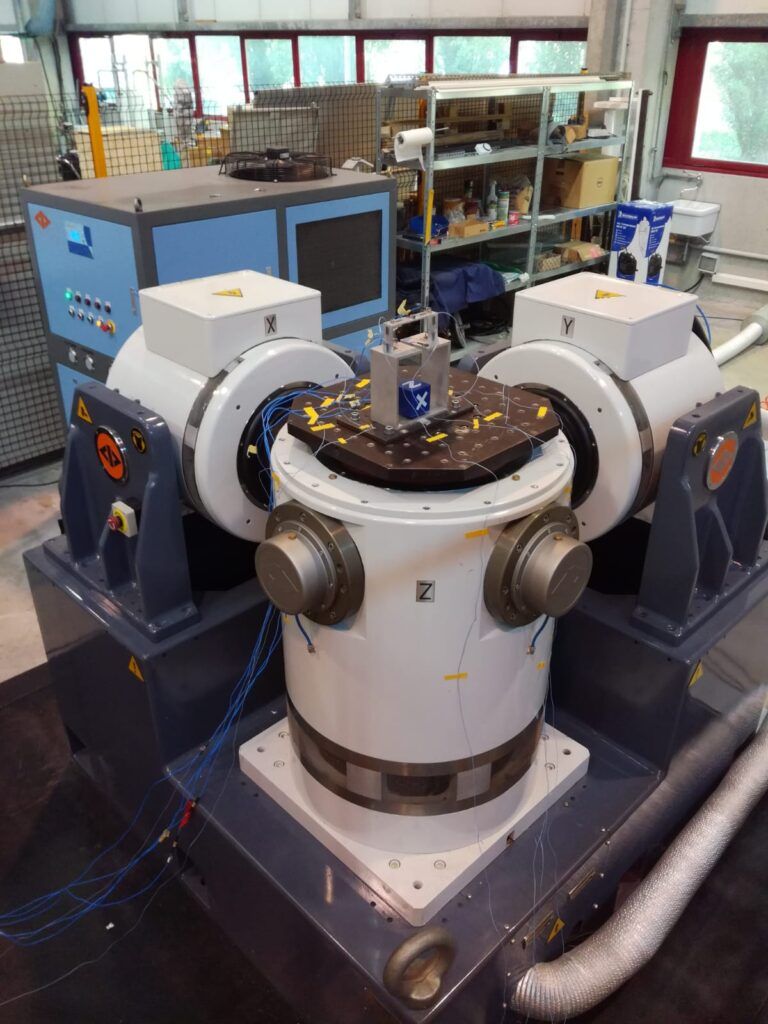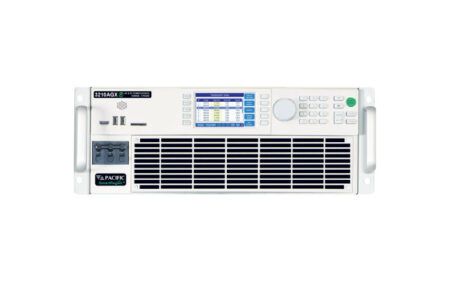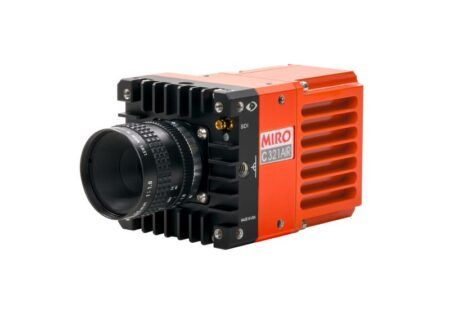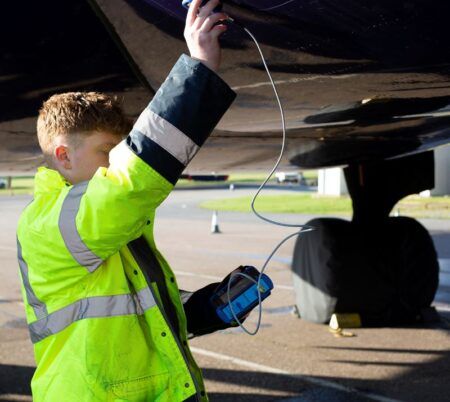Qualification testing evaluates the survivability of a product in an operational environment and is applied to, for instance, aircraft systems, acceptance tests of space hardware and flight worthiness tests of defense equipment. Vibration testing is a critical part of structural qualification; it checks the functional performance and structural integrity of a product when subjected to normal and unusual vibrations.
The replication of the multi-directional nature of a vibration environment has always been performed using single-axis techniques and sequentially rotating the test article. This procedure is time consuming and the test item undergoes a stress state different from the in-service. This may lead to incorrectly identifying failure modes and estimating inaccurate time-to-failure for the unit being tested. Recent advances in test hardware and vibration control software made the Multiple-Input Multiple-Output (MIMO) vibration control approach a more reliable solution to replicate real-life structural responses of test articles.
While single-axis techniques typically aim at reproducing the dynamic excitations at the base of the structure attached to the shaker, MIMO techniques can control the dynamic response at multiple points on the structure. Using the proper MIMO control strategy helps replicate the operational vibrations more accurately, despite the potential mismatch between operational and test-rig boundary conditions. The challenge of replicating the operational boundary conditions during environmental tests is illustrated here using a simple hardware demonstrator: a box assembly with removable component (BARC).
In this configuration, the box assembly plays the role of a generic operational mounting, while the removable component represents the unit being tested. When using sequential single-axis vibration testing, control acceleration along the excitation axis overlaps well with the operational profile, however, responses produced in other directions, as well as the monitoring responses on the structure, are far from the operational references and lead to over-testing at some frequencies. To compensate for the differences between operational and test-rig boundary conditions, the so-called MIMO rectangular control strategy can be applied. In this example, nine accelerometers are used to control the dynamic response at the base and on the structure itself and to generate the drives for the 3-axial shaker system. The replication of operational responses on the tested structure is clearly improved. This is a direct consequence of the modification of the control strategy, which is only possible in a MIMO control framework.
Simcenter software and hardware solutions offer several advancements that help engineers perform such vibration tests more efficiently. When multiple outputs need to be simultaneously controlled, not only the required test level for each control channel is needed, but also the cross-correlation between each pair of control channels must be defined. Simcenter Testlab software efficiently guides the user in this task and makes it easier to set-up the MIMO test. Target matrix can be manually defined from processed measured data or automatically defined by using algorithms aiming at minimizing the energy in the drives. Users can select the best MIMO control strategy —either in time or frequency domain— to best replicate operational vibrations.
MIMO technology will change the way vibration tests are conducted. Next to the time efficiency of this approach, it leads to vibration responses that are more representative of operating conditions than single-output techniques. Therefore, MIMO technology leads to more reliable vibration qualification tests.
This article was supplied by Siemens





